You wait all season for a moment like the one that faced David Bruton Jr. early in the second quarter of Sunday night's 29-16 win at Kansas City.
You need the right combination of elements: a favorable formation from the opposing punt rush/return team, proper field position with a reasonable amount needed for the line to gain, momentum that was only doused a bit by the third-down stop moments earlier, and, finally, by a penalty on the previous punt play that forced a do-over of the fourth down, which exhausted the Chiefs a bit.
"It's just been a thing a lot of teams practice, and that we have practiced for a while, and no better time than on Sunday Night Football against a division rival and you get the right look for that situation," said Bruton.
Look through the best moments captured on film from Sunday night's big divisional win at Arrowhead Stadium.


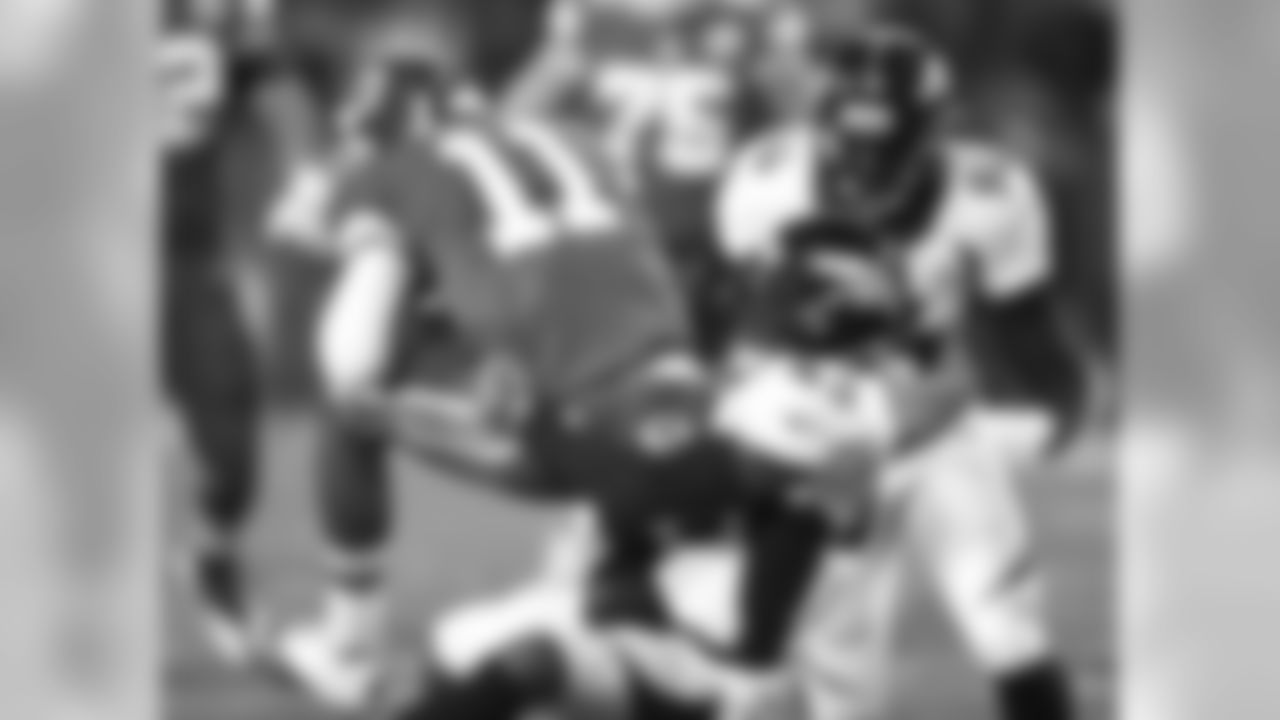

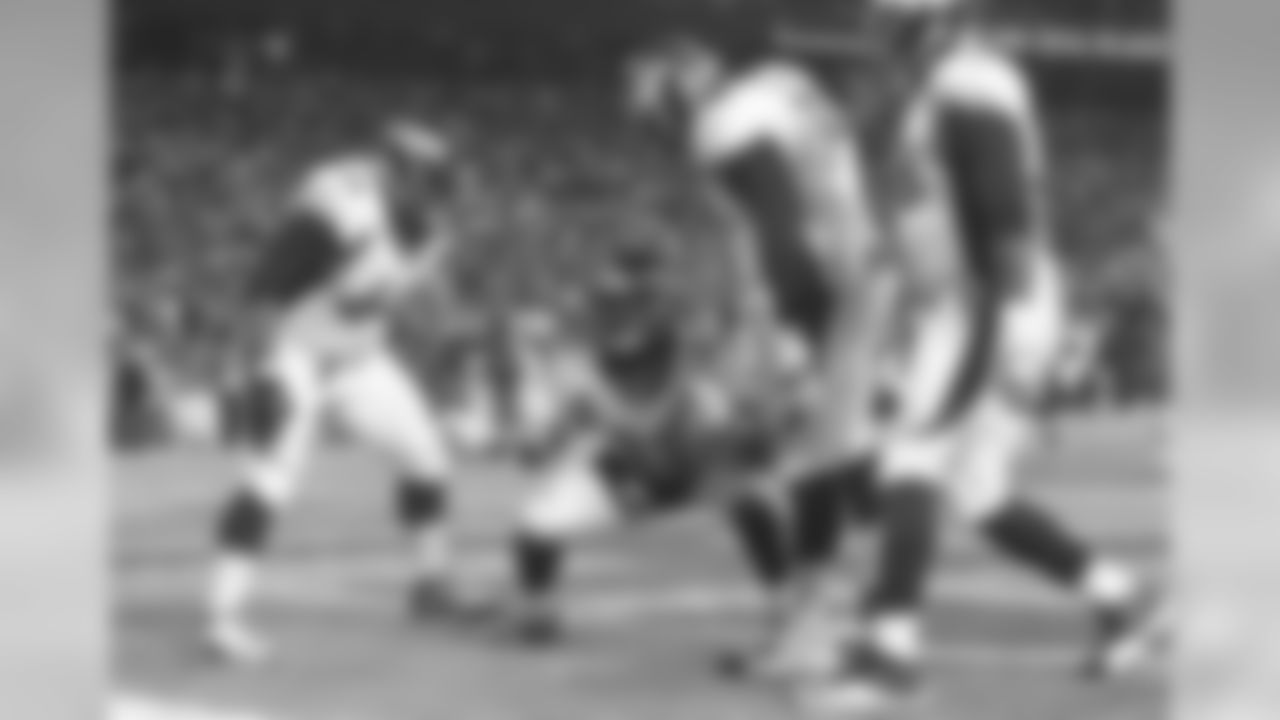
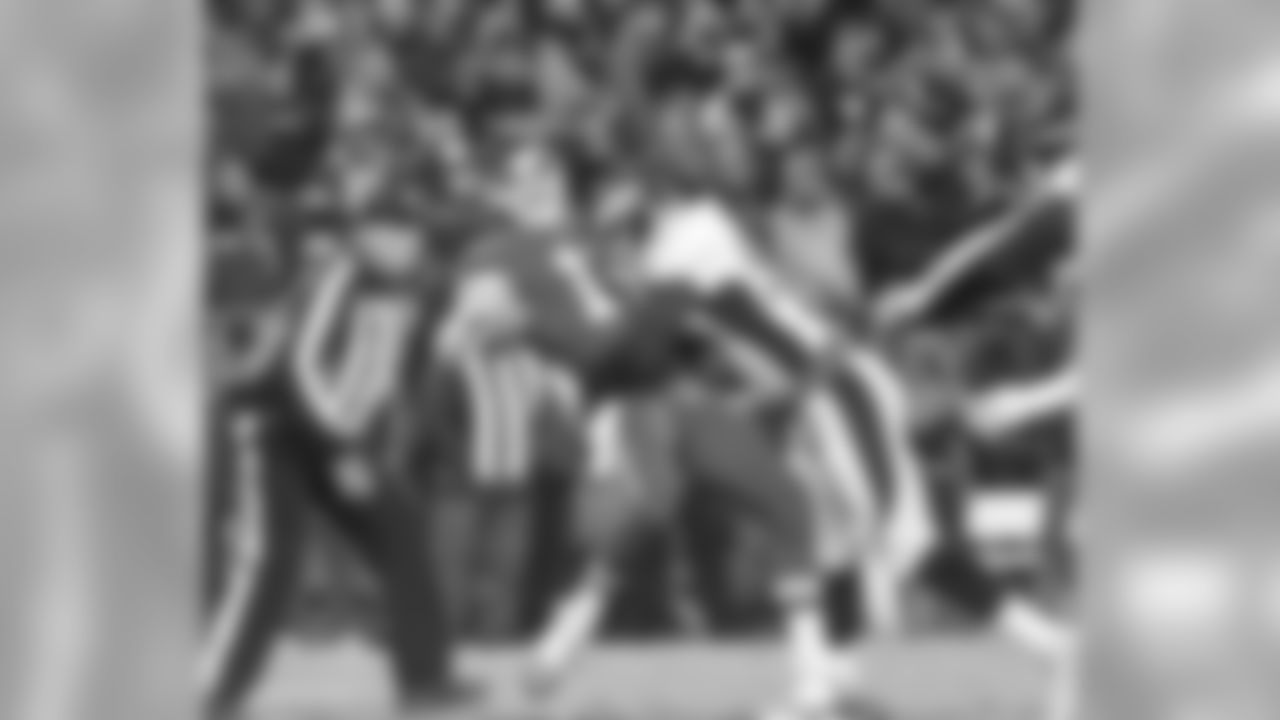
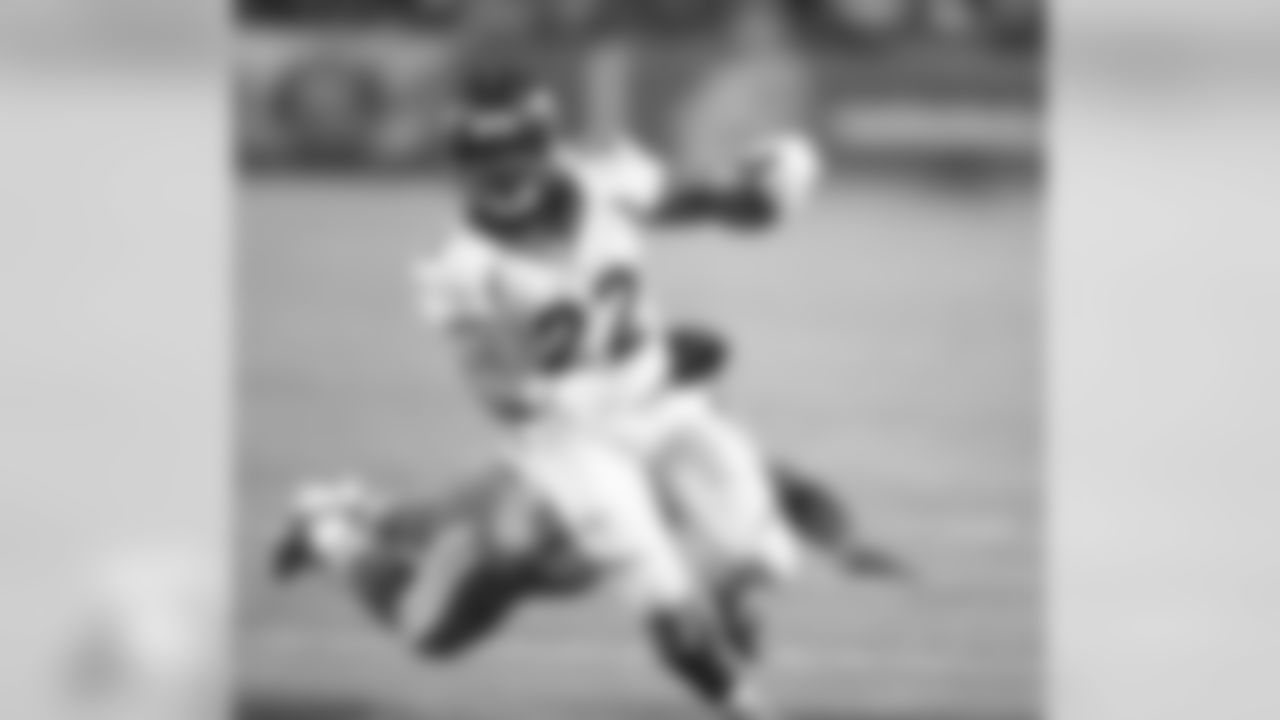





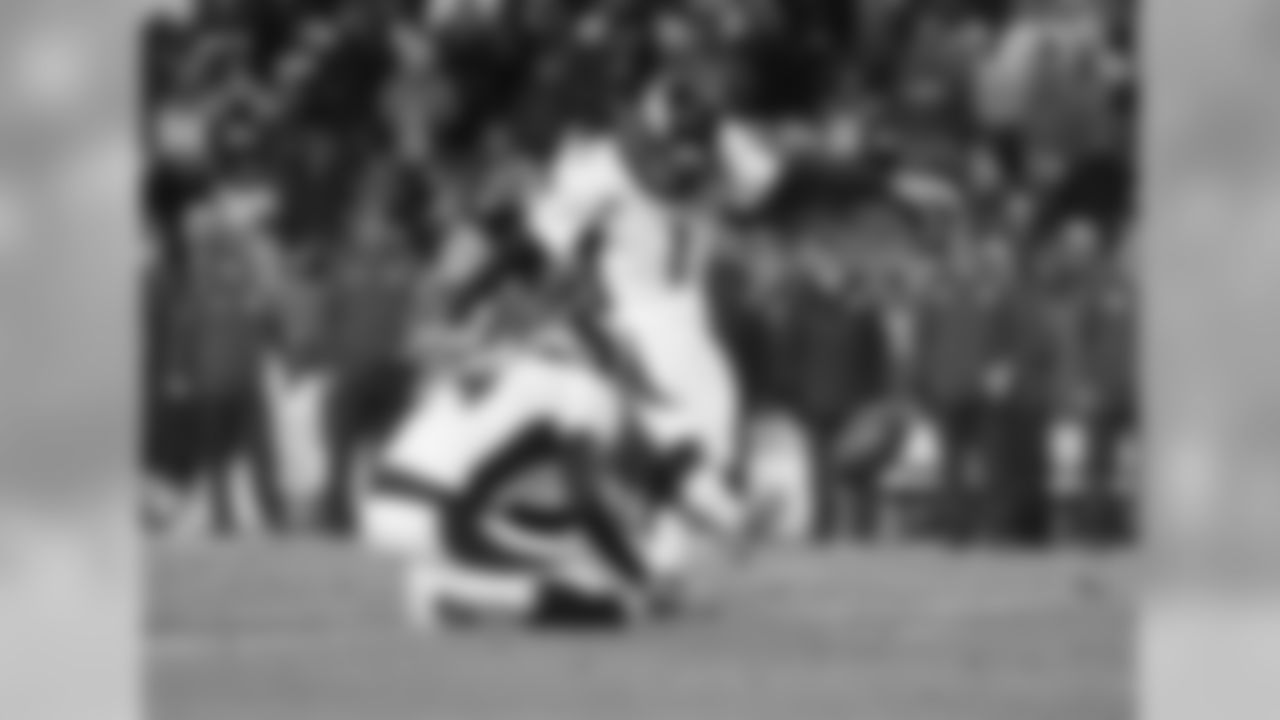

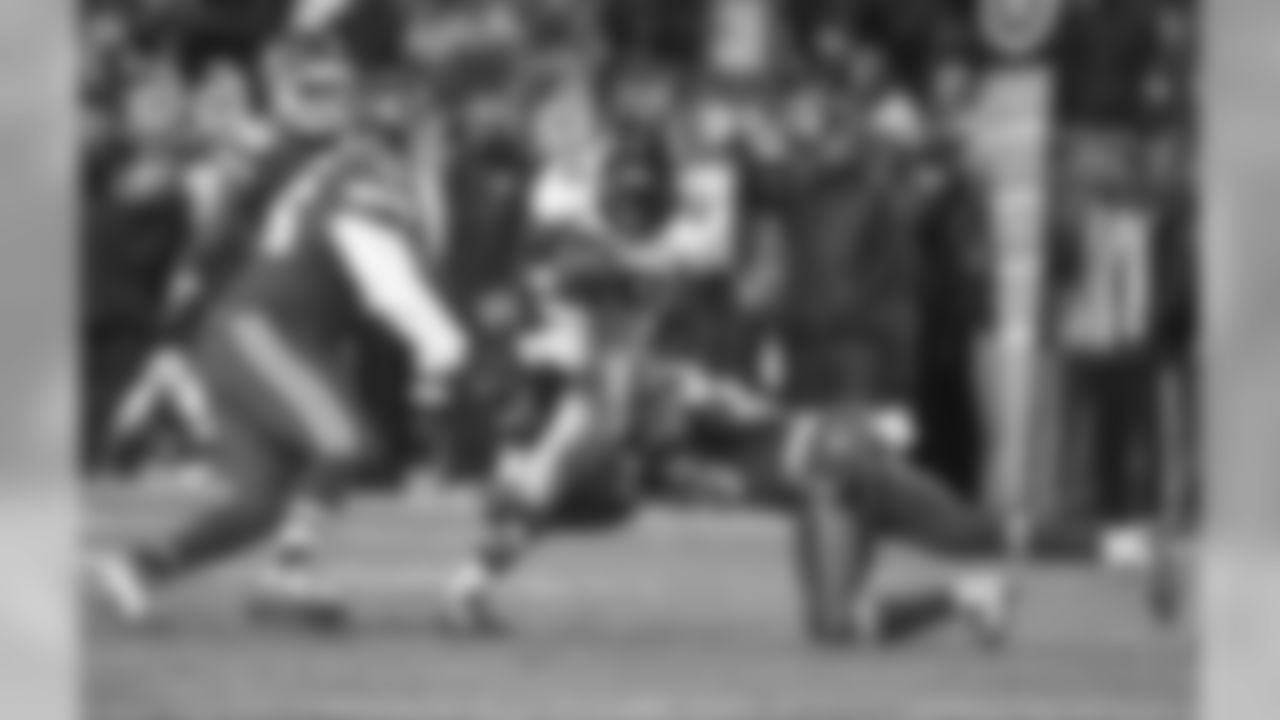
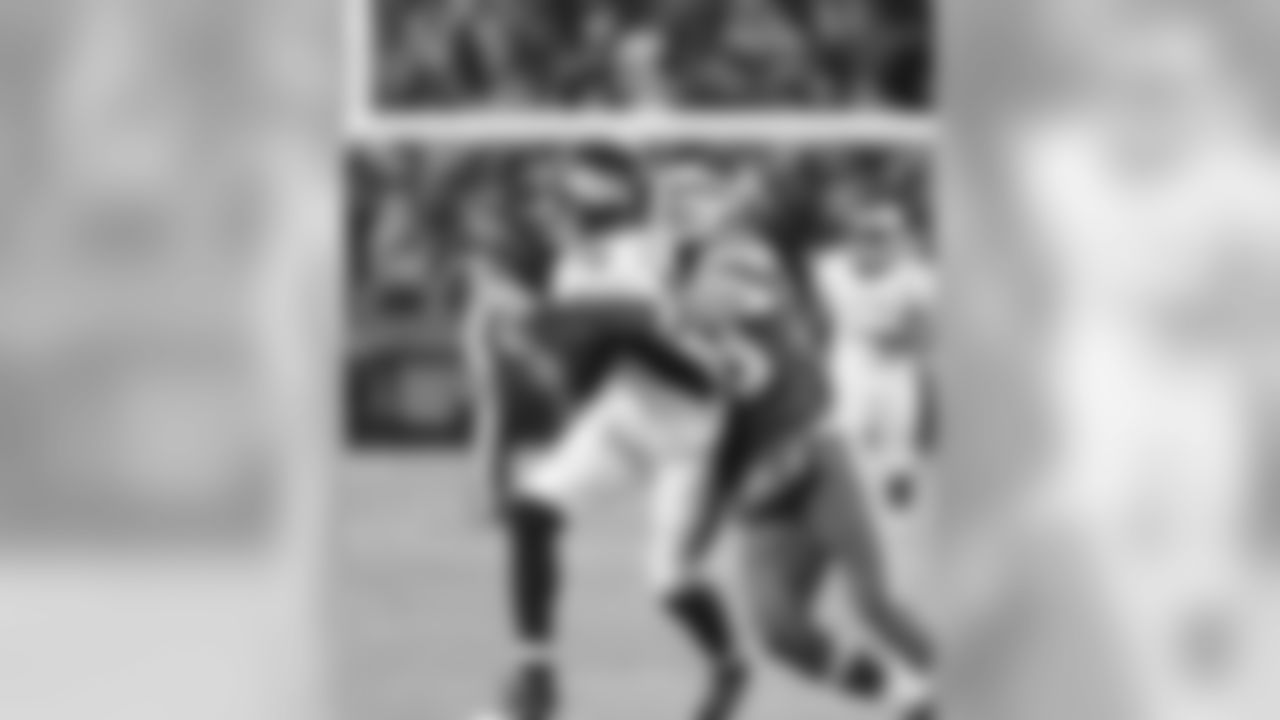
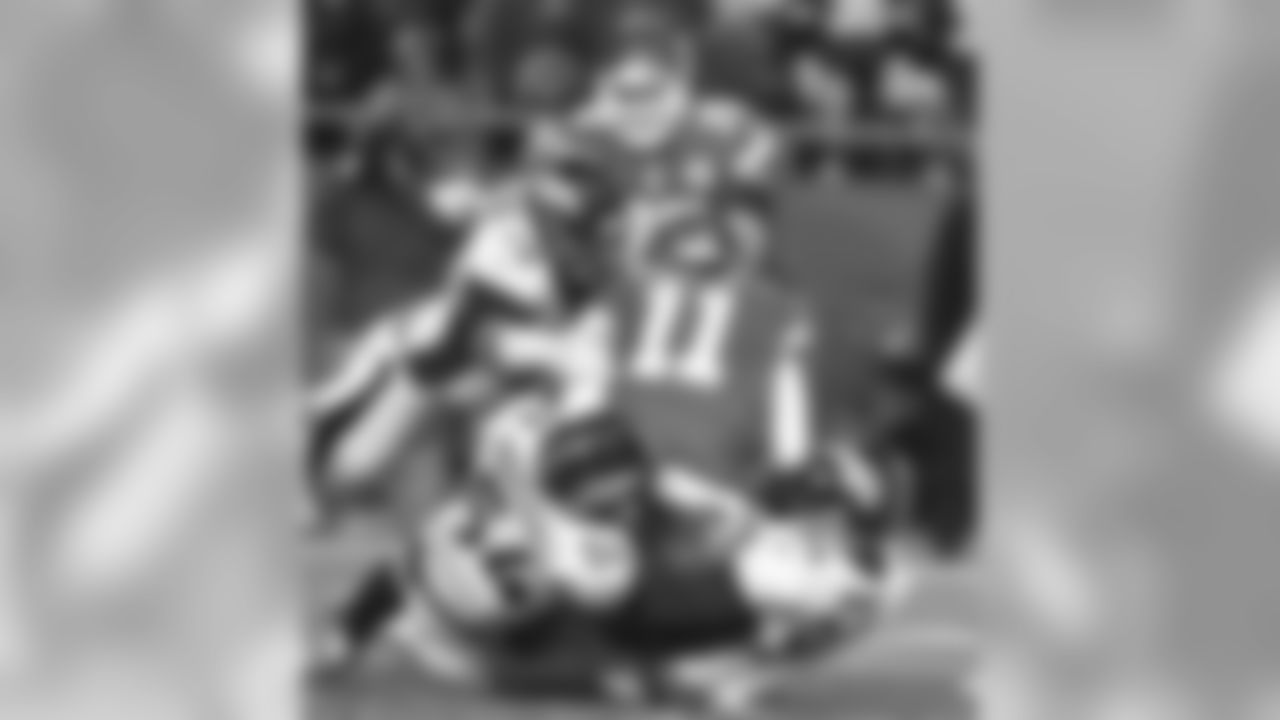

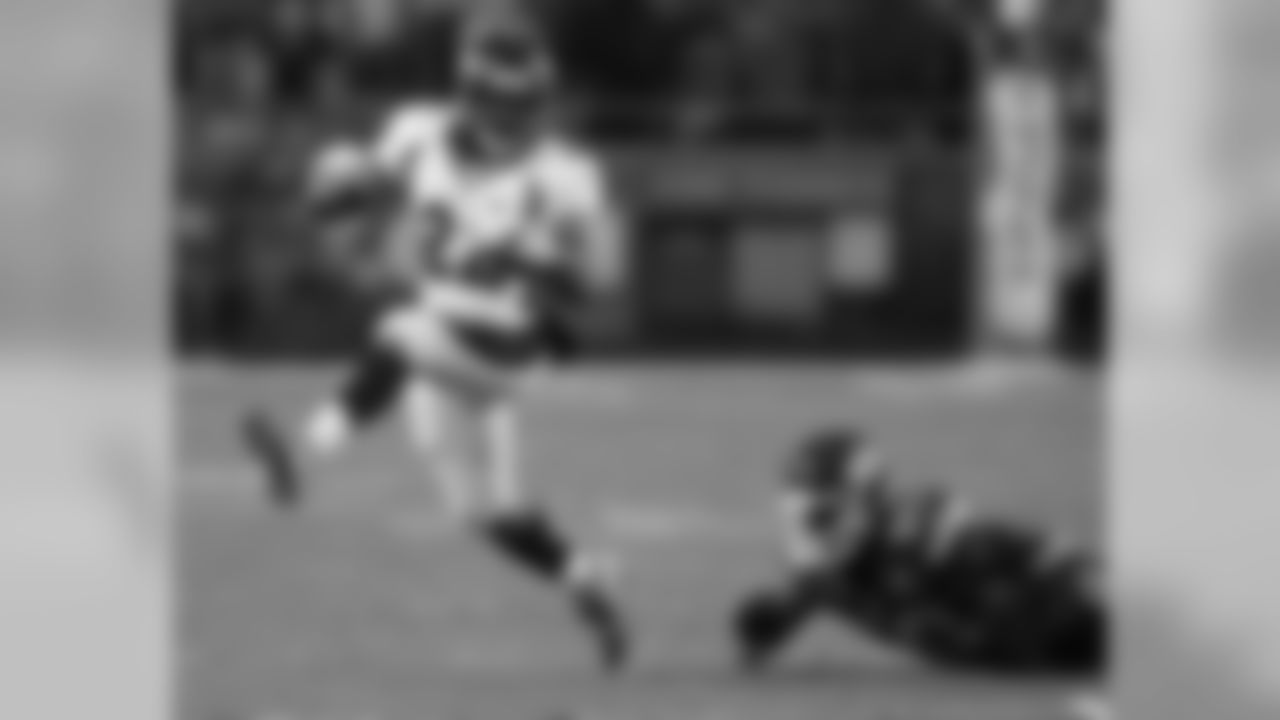

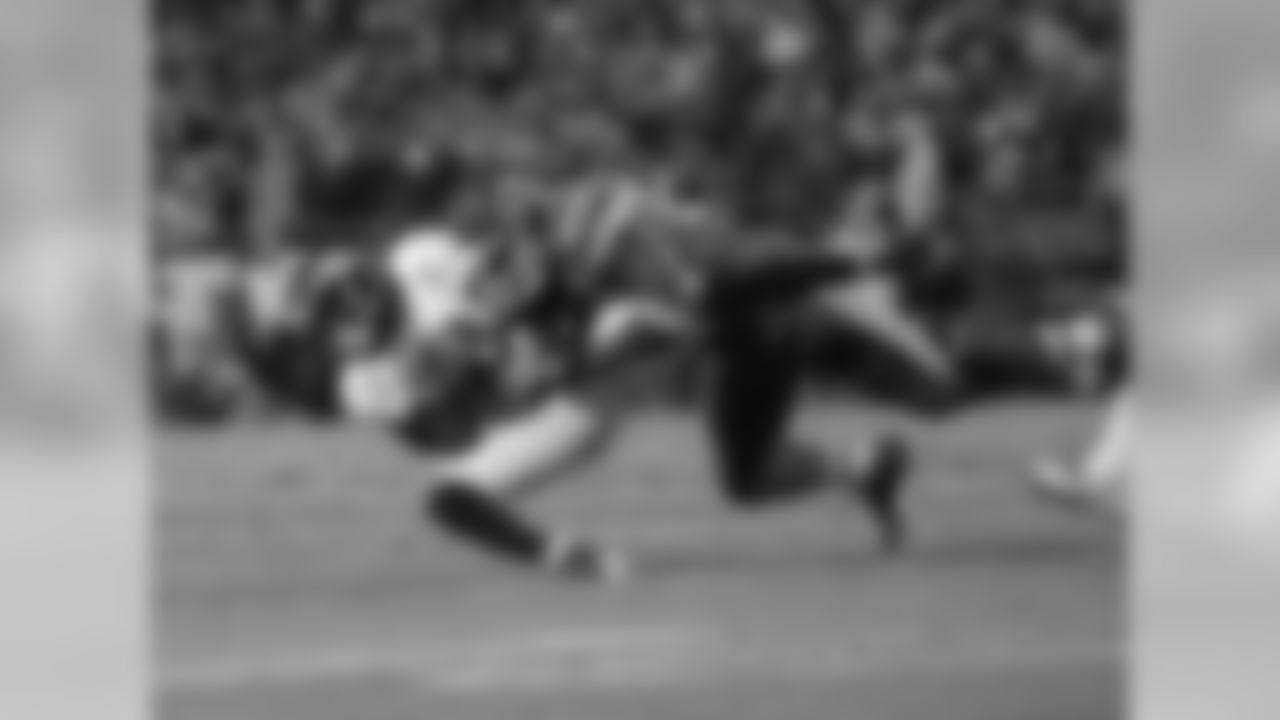


"I just knew that they were going to give us a look so I made the audible myself to make the play."
He made the call -- which is a lot to put on some players' shoulders. But the six-year veteran and special-teams captain is equipped to handle the burden.
"Actually, I [was] not nervous," he said. "I [was] excited because I've been looking for that look all year. It's something as a defensive back, as a special teams guy, you don't get the ball much in your hand. You're usually blocking for the guy or tackling the guy who has the ball. So I'm definitely excited to have the ball in my hand every chance I get."
The last time Bruton ran the football, he galloped 35 yards against Jacksonville last year. Against the Chiefs, he gained 13, but that still leaves him with a 24.0-yards-per-carry average with a pint-sized career sample size.
Bruton didn't make it happen alone, and the block by Corey Nelson on Charcandrick West was crucial to getting Bruton to the edge. Steven Johnson then steered Albert Wilson upfield and away from the play, and all Bruton had to do was beat Josh Martin to the edge.
It was a decisive play from a seasoned player and a team imbued with confidence in all three phases after a balky stretch in early November.
A PREMIUM PASS RUSH
In 2014, the Broncos' defense is second in the league in yardage per pass play allowed, permitting just 5.34 yards every time an opponent drops back to pass.
Much of that is due to their pass rush, which had its best performance against the Chiefs, catching them off guard first with some deceptive looks, and then by capitalizing off a pass-first mentality they had to employ to attempt a comeback.
Safety T.J. Ward had the first sack of Alex Smith on a third-and-8 to end the Chiefs' second possession, blitzing through the B-gap between left guard Mike McGlynn and left tackle Eric Fisher.
The Broncos ended up bringing only four pass rushers on the play, dropping Derek Wolfe into the spot vacated by Ward, who sprinted past McGlynn, who worked to double-team tackle Malik Jackson, working as the right defensive tackle.
Had Fisher been able to respond fast enough, he could have prevented the sack, and the Chiefs had a numerical advantage. They used tight end Anthony Fasano and running back Jamaal Charles to delay the edge rushes of DeMarcus Ware and Von Miller, respectively, before going outside on their routes. But Fisher was too slow and off-balance as he tried to get set before Ward blew past him, and the safety/nickel box linebacker had the 13-yard loss on the sack.
Kansas City's next possession ended in similar fashion, with a safety logging the sack, in this case Quinton Carter:
Again, the Broncos used a safety to attack through the B-gap. But instead of dropping a defensive tackle back, they attacked with Wolfe and Jackson. Wolfe drew a double team, and Jackson stunted around him, providing a secondary rush behind Carter, which sent Smith to his left -- and into Ware, who grappled with Fisher and easily escaped the second-year left tackle.
But one play before the sack came an equally effective pass rush that took away an element the Chiefs desperately needed as the game slipped from their control -- the screen pass to Charles:
Here, the Broncos rush five, working out of their base 4-3 personnel grouping, but in effect have a 3-4 alignment, with Miller and Ware working as stand-up outside linebackers. There's nothing fancy here: just dominant work off the edge forcing Smith to deliver the pass to Charles well before he's ready.
Normally, the screen pass reduces the effectiveness of the edge rush -- unless, of course, the defenders arrive so fast as to force an unsettled throw that renders the play dead on arrival.
If Smith was not under duress and delivered an accurate ball, the Chiefs could have ripped off a massive gain; the blockers were in place, and the Broncos' defensive backs were 10 yards back of the line of scrimmage, responding to the routes run by Chiefs receivers who took off after aligning in a bunch formation to the right flank.That created an opening that Charles could have exploited -- if Miller and Ware had not met at the QB.
Do you have a question for Andrew Mason? Ask it here and you might be in this week's Mailbag!





